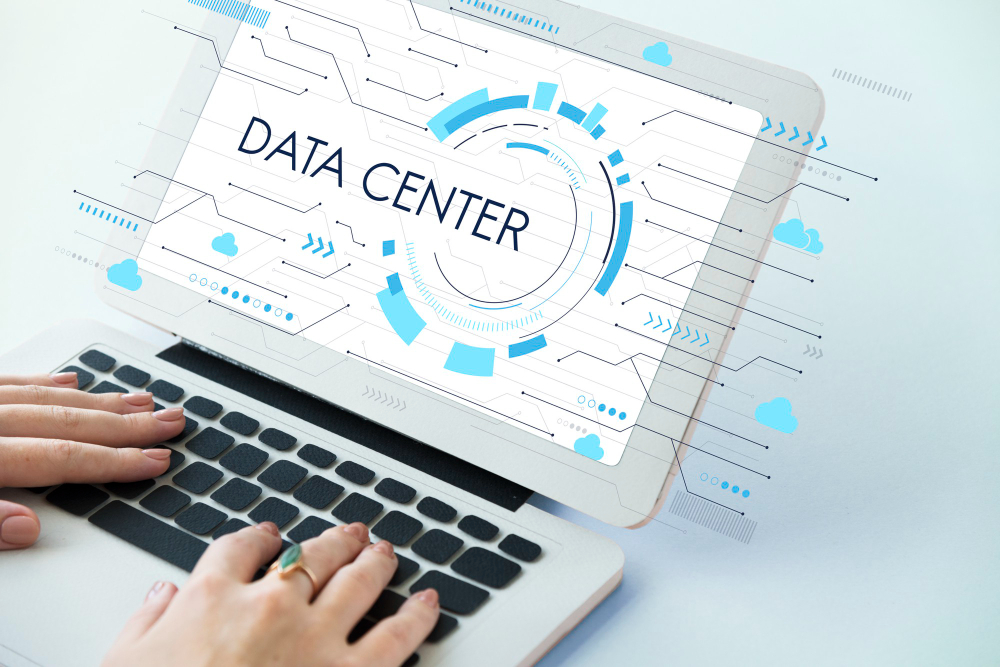
Effective management and utilization of information are pivotal for organizational success. One critical aspect of this is data ingestion, the process of obtaining and importing data for immediate use or storage in a database. Yet, despite its importance, many organizations face significant hurdles that can impede their ability to leverage this process effectively.
This blog post will explore seven key challenges commonly encountered in data ingestion and provide four best practices to help you manage these issues effectively.
Challenges in Data Ingestion
1. Volume and Velocity
One of the primary challenges in data ingestion is handling the sheer volume and speed at which data arrives. Organizations today are bombarded with data from various sources at an unprecedented rate. Managing this influx and ensuring the data is processed quickly and stored efficiently can be daunting.
2. Variety
Data comes in multiple formats—structured, unstructured, and semi-structured. Each type requires different handling techniques and tools. The challenge is seamlessly integrating these diverse data types into a coherent framework for further analysis.
3. Data Quality
Poor data quality is a significant barrier to effective data ingestion. Errors, inconsistencies, and incomplete data can lead to inaccurate analysis and poor decision-making. Ensuring that data is clean and reliable is crucial but often difficult to achieve consistently.
4. Scalability
As organizations grow, so does their data. A system that works well for small datasets may not hold up under larger ones. Scalability is crucial; systems must be designed to accommodate growth without performance degradation.
5. Security Concerns
With the increase in data breaches and cybersecurity threats, securing data during the ingestion process has become paramount. Protecting sensitive information from unauthorized access and ensuring compliance with regulations is a persistent challenge.
6. Integration
Integrating new data with existing databases and systems can be complex. Differences in formats, structures, or technologies can create significant integration challenges, often requiring considerable time and resources to resolve.
7. Real-Time Processing
Many applications require real-time or near-real-time data processing. Setting up a system that can ingest and process data with minimal latency is essential but can be technically challenging and resource-intensive.
Best Practices for Data Ingestion
1. Automation
Automating the data ingestion process can significantly improve efficiency and accuracy. Tools that automatically validate, clean, and format data as it is ingested can help alleviate issues related to data quality and speed up the entire process.
2. Using the Right Tools
Selecting the right tools and technologies is critical for handling the challenges of data volume, variety, and velocity. Solutions like data lakes, stream-processing software, and robust ETL (extract, transform, load) tools are essential to a successful data ingestion strategy.
3. Testing and Monitoring
Continuous testing and monitoring of the data ingestion process can help identify and address issues before they escalate. Implementing robust logging and reporting mechanisms ensures that any problems can be traced and rectified quickly, maintaining the integrity of the data pipeline.
4. Scalable Architecture
Designing a scalable system from the outset can save a lot of headaches as data volumes grow. Cloud solutions, for instance, can offer flexibility and scalability to meet changing data demands without substantial upfront investment in physical infrastructure.
Enhancing Data Ingestion Through Collaboration and Governance
Collaborative Data Management
Data ingestion doesn’t operate in a vacuum. It requires coordinated efforts across various departments within an organization. Establishing a collaborative environment where IT and business units work together can optimize the data ingestion process.
Effective communication between these groups ensures that the data collected is relevant, accurate, and timely, aligning with the organization’s strategic goals. Collaborative tools and platforms that facilitate sharing and discussion can help integrate diverse perspectives and expertise, enhancing the quality and utility of ingested data.
Data Governance
Implementing a strong data governance framework is crucial for successful data ingestion. Data governance involves setting clear policies and procedures regarding the acquisition, management, and use of data within an organization. This framework helps maintain high data quality, ensuring compliance with regulations and safeguarding sensitive information.
By establishing who is accountable for various data assets and how those assets can be used, organizations can prevent data misuse and ensure that data handling procedures are consistent and transparent.
This additional layer of strategy—combining collaboration and governance serves to refine the data ingestion process and bolster the overall data management strategy. With a robust governance plan and collaborative efforts, companies can ensure that their data ingestion practices are effective and aligned with broader business objectives. These initiatives foster a culture of data-driven decision-making, where high-quality, well-managed data is the cornerstone of operational success and innovation.
By addressing these aspects, organizations can further enhance their data management capabilities, ensuring that their data ingestion processes are efficient and integrated into the larger operational framework. This holistic approach to data management empowers organizations to leverage their data more effectively, driving better outcomes and fostering sustainable growth.
Conclusion
Data ingestion is a critical component of modern data management strategies, but it comes with challenges. Organizations can build robust systems capable of handling their data needs by understanding and addressing issues related to data volume, variety, velocity, quality, scalability, security, and real-time processing.
Implementing best practices such as automation, choosing appropriate tools, continuous monitoring, and scalable architectures can greatly enhance the effectiveness of data ingestion systems. With these strategies in place, businesses are better equipped to harness the power of their data, leading to improved decision-making and competitive advantage in the market.
Read More:
Data Ingestion Pipelines

BettrData.io is an easy-to-use data operations solution. We use AI and machine learning to transform, enhance and validate data.

Unlock the
power of data
Power your business with the tools and resources necessary to succeed in an increasingly complex and dynamic data environment.

Company
Legal

Company
Legal
Regulation

